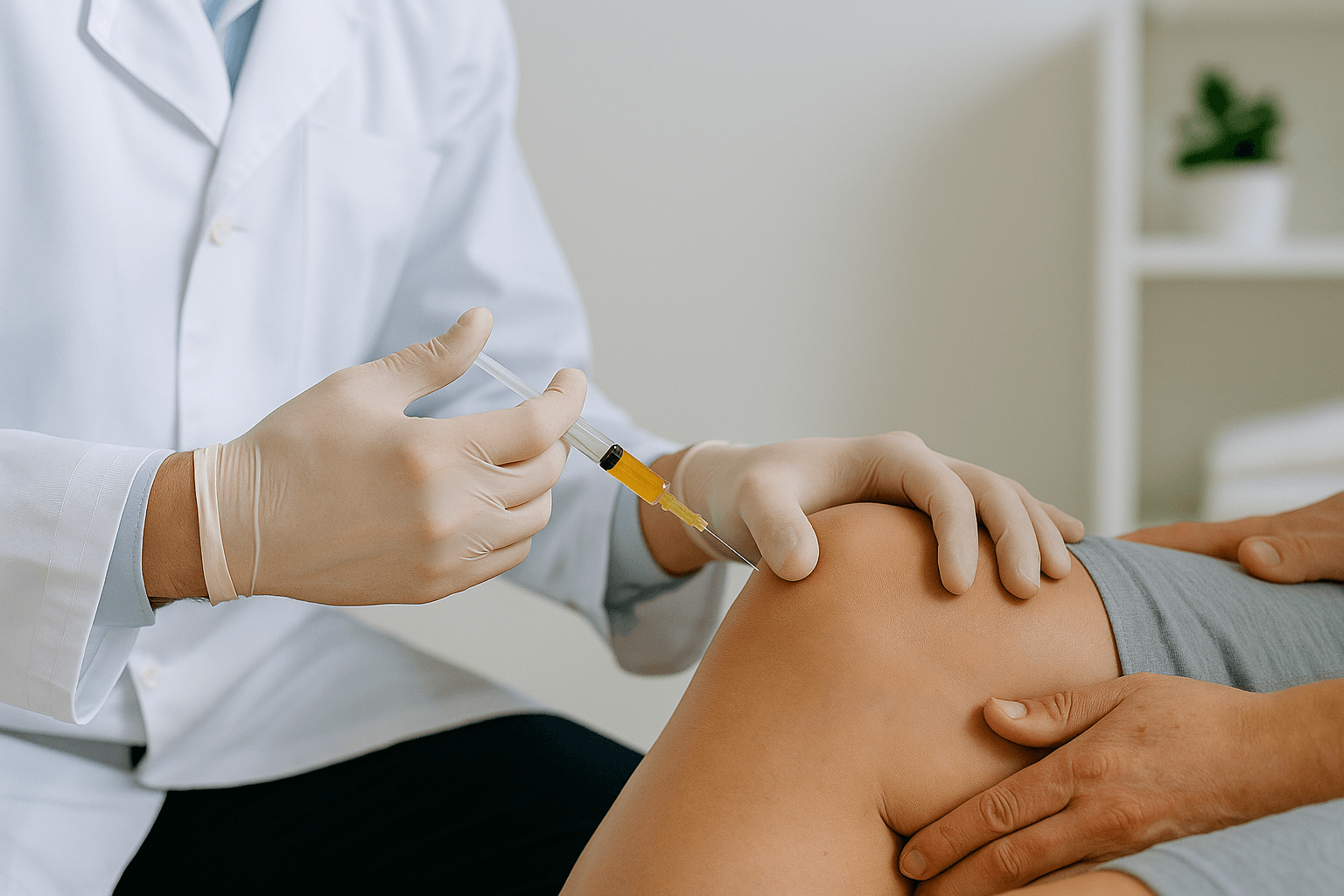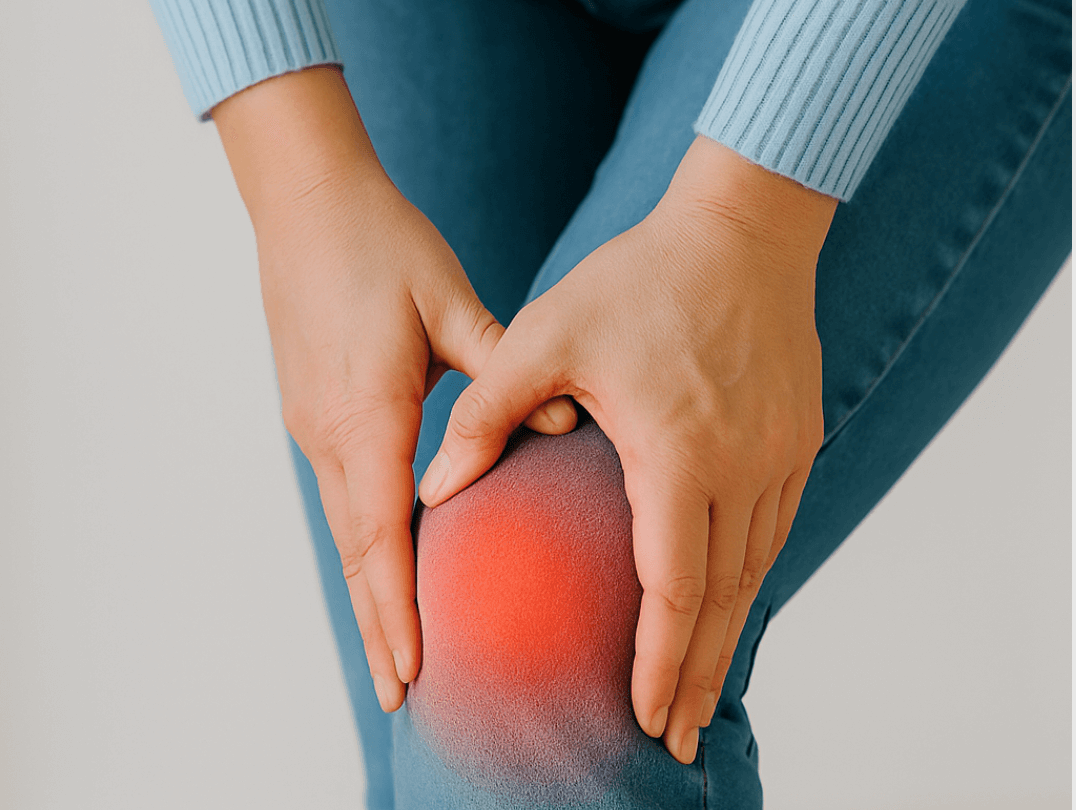
- Jul 24, 2025
- By TJICLondon
PRP vs cortisone injections. What is the difference and when to use each?
Platelet Rich plasma (PRP) and steroid/Cortisone injections are frequently used for a variety of different indications within the field of musculoskeletal medicine. From knee arthritis to tennis elbow, trigger finger to frozen shoulder, both types of injection are frequently used and have different pros and cons, risks, and benefits.
Steroids act as a potent, targeted anti-inflammatory medication. They act to reduce inflammation and thereby improve pain for a variety of conditions. Steroid injections are not however, without risk and can cause issues such as skin depigmentation when used superficially, where the skin can become temporarily lighter. Steroids can also cause fat atrophy, where the fat underneath the skin shrinks down, resulting in prominence of the underlying structures such as tendons and bones.
In theory, steroids can also cause minor damage to cartilage within joints, although the evidence for this is limited. Steroids can also cause a flare and aggravation in certain conditions for 3 to 5 days post-injection.
When steroids are used orally, there are other potential side effects such as weight gain and bone density issues that must be considered. These issues are not seen with localised targeted injections as the dose is much smaller and the overall systemic absorption is much lower.
Platelet rich plasma injections involve withdrawing 10 milliliters of blood Via a vein in a similar way to a normal blood test. The blood is then spun down or centrifuged for five minutes, resulting in the production of a platelet rich plasma. This plasma contains growth factors and signalling molecules which helps to signpost areas of injury or weakness to the body, which can aid healing and partial regeneration of tissue.
There are fewer side effects associated with platelet rich plasma, compared to steroid injection, as the injected substance is the body's own natural blood product. This means that the risk of skin depigmentation and fat atrophy/flare is lower than with a steroid injection.
Steroid injections tend to be favoured when inflammation is a primary issue, such as with knee arthritis or frozen shoulder. Platelet-rich plasma is preferred for chronic issues such as tennis elbow or plantar fasciitis. In some conditions, such as tennis elbow, steroid injections, which have been used traditionally, have fallen out of favour as long-term studies have demonstrated worse outcomes after steroid injection compared to placebo injection. PRP tends to be favoured as a first-line treatment as a result.
In specific conditions such as knee arthritis, platelet rich plasma tends to be favoured for younger patients who have mild arthritic change, where the studies demonstrate good efficacy. Steroid injections tend to be reserved for patients who have chronic inflammation with more advanced degenerative change, usually seen in older patients.
Ultimately, the decision of whether to consider steroid injection or platelet rich plasma injection comes down to patient demographics, including age, the severity of the condition, and the underlying process.
At The Joint Injection Clinic, this decision is made jointly between the doctor and the patient after thorough discussion of the pros and cons of each option.









